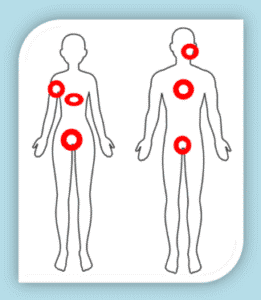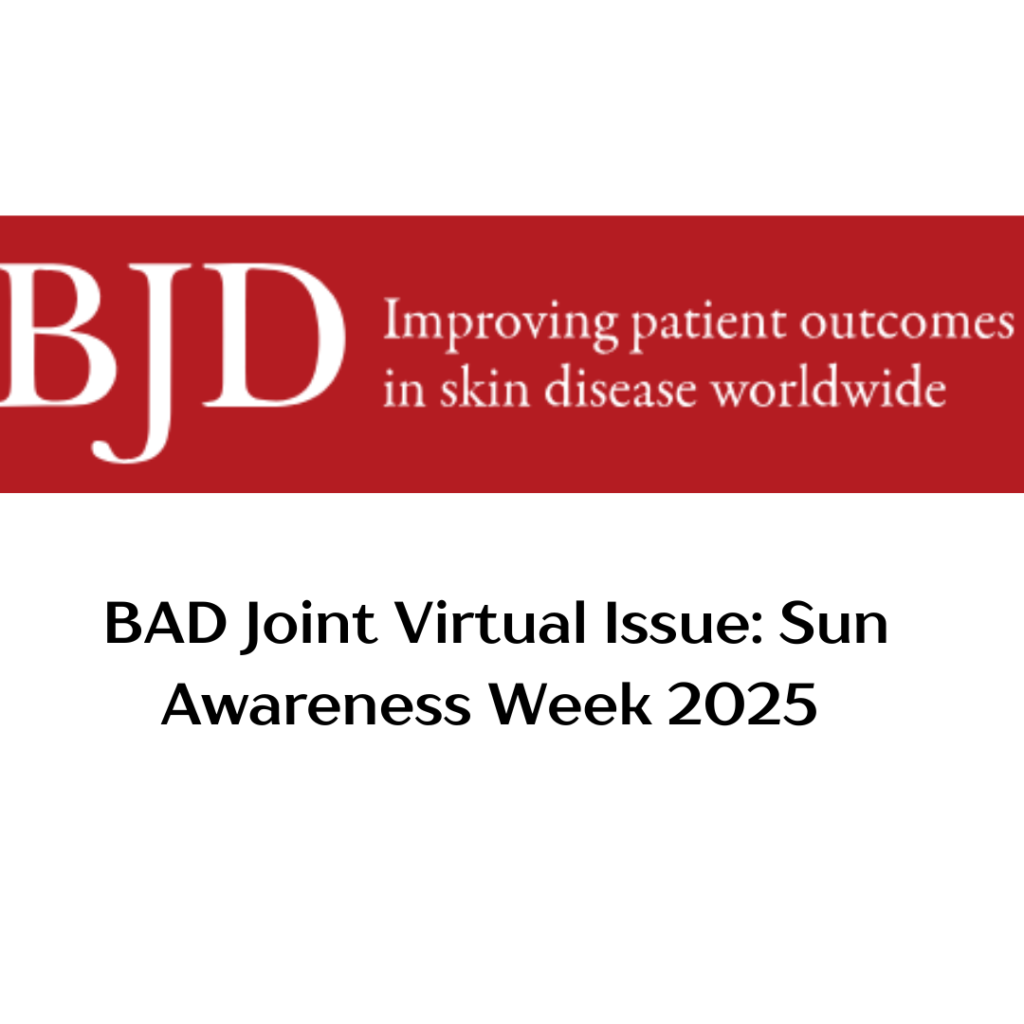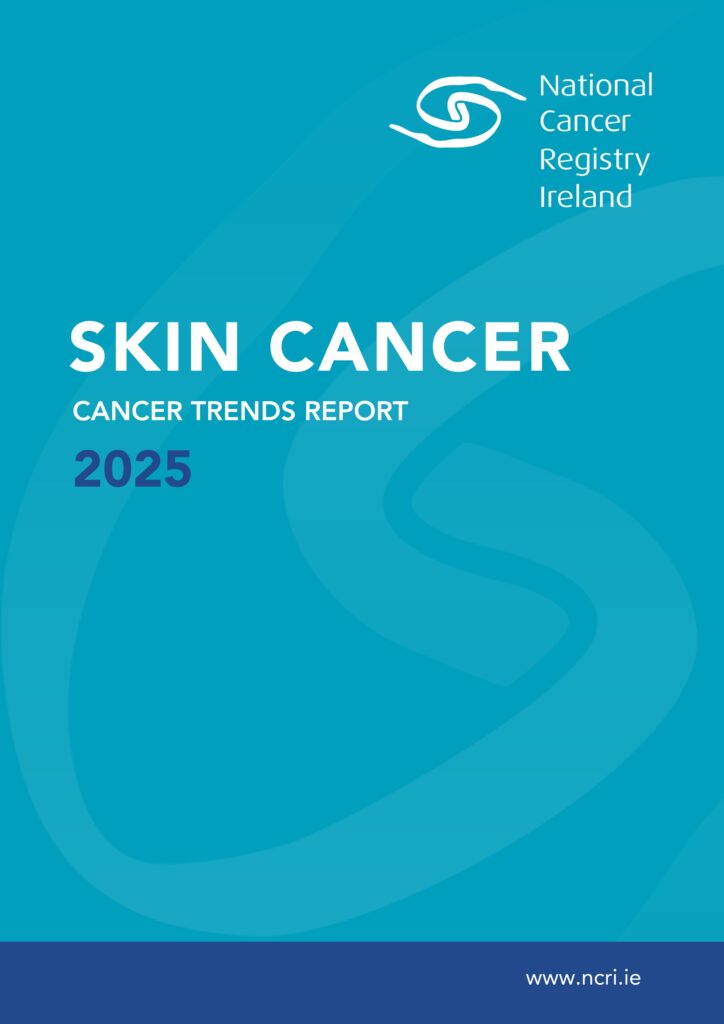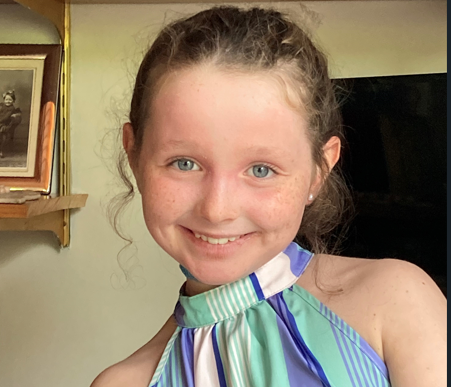Many people with a diagnosis of Hidradenitis Suppurative (HS) find it difficult to manage their wounds for many reasons.
- It is difficult to know what dressing to use
- Body areas involved can be difficult to apply dressings to
- Financial cost if you don’t have a medical card
HS wounds often present in the following areas:

The wounds present as swollen painful bumps that often but not always leak pus like discharge. This makes them tricky to manage as they may be at different stages of wound healing.
You may need a dressing that will help reduce pain and inflammation and absorb the leakage when a lesion or bump is active. You may then need to change to a light padding when they are drying up or use some of the HS specific dressings and garments.
There are many dressings available now on the PCRS (primary care reimbursement scheme), these can be prescribed by your consultant/GP or wound care nurse . There are also a variety available on the GMS (Medical card scheme) that can be prescribed by the same people and obtained from your pharmacy.
There are many products available that can be confusing, I will discuss one or two options that are preferred by the patients that come to our dermatology clinic. It is important to state that I do not receive any benefits financial or otherwise from the dressing suppliers.
Before using any dressing, it is important to clean around the bumps/lesions and pat them dry with a clean, soft towel. Avoid using fragranced soaps or spraying deodorants directly onto the lesions. Sometimes people use panty liners to stick to their clothes near the lesions to help with friction or shear. Breast pads are often useful too as their shape is good for areas like the armpit or if you have breast lesions.
HidraWear is a HS specific wound dressing system, including a garment and dressings. The garment is designed with openings to attach and anchor the dressings in difficult to dress areas such as the armpits, under the breasts, groins and buttocks . Some of these garments and most of the dressings are available on the medical card and the PCRS scheme. You can find out more on the HidraWear website.
There is a range of foam dressings that can be cut and adapted to fit difficult areas to dress and are available on the PCRS and medical card. Your GP, consultant or nurse can see what is available or ask your pharmacist as they are most up to date with what is available. If you are using foams, you can type “dressings and cutting guides “into whatever search engine you use e.g. Google, and you will be directed to great user friendly guides to cutting dressings, mostly foams to help dress those awkward areas. You can also search YouTube for these too.
Foams come in an antimicrobial form too so that may be of help when you have an infection. Signs of infection are redness spreading around the HS bumps/lesions and feeling unwell with flu like symptoms, often described as “aching, shivers or chills” by patients. It is common to have pus discharging from HS lesions but this may not mean that the wound is infected.
Pain tends to be one of the most difficult symptoms that patients report and an unpleasant odour/smell. There is a dressing called Polymem available from Iskus healthcare Ireland, that has a couple of different functions. They have a mild wound cleanser built into the dressing, a glycerine moisturiser that cleans and sucks up the fluid into the dressing which helps with healing but most importantly helps with pain. They come in a variety of shapes and sizes. They have a great website with cutting guides too, and patients can buy the products directly from the company if you do not have a medical card.
The important thing to note is that there is more and more attention being paid to HS and more research is being undertaken to improve the lives of people living with this condition.
If you need guidance or support about managing a skin condition, contact the ISF Helpline for free assistance and information.












